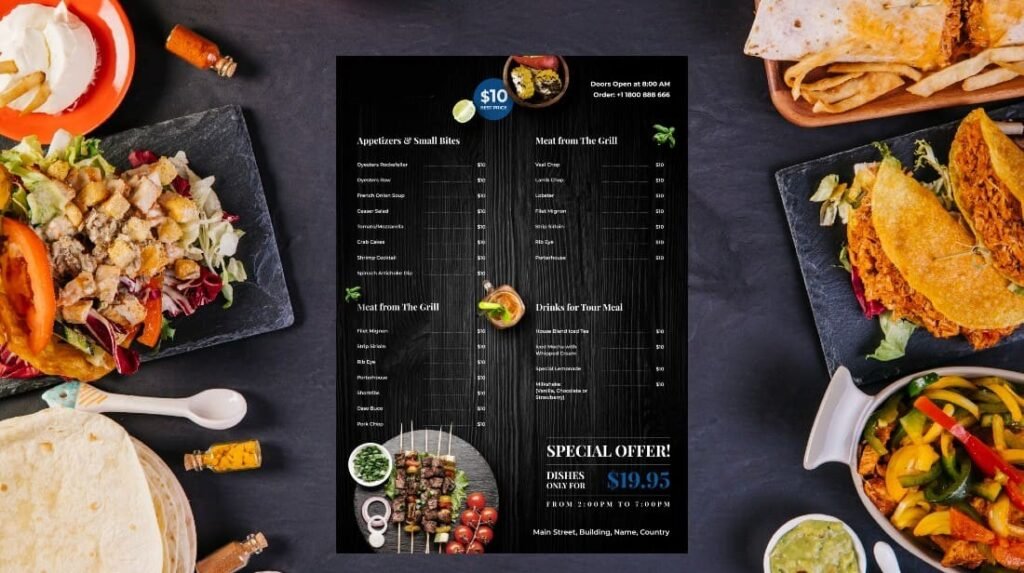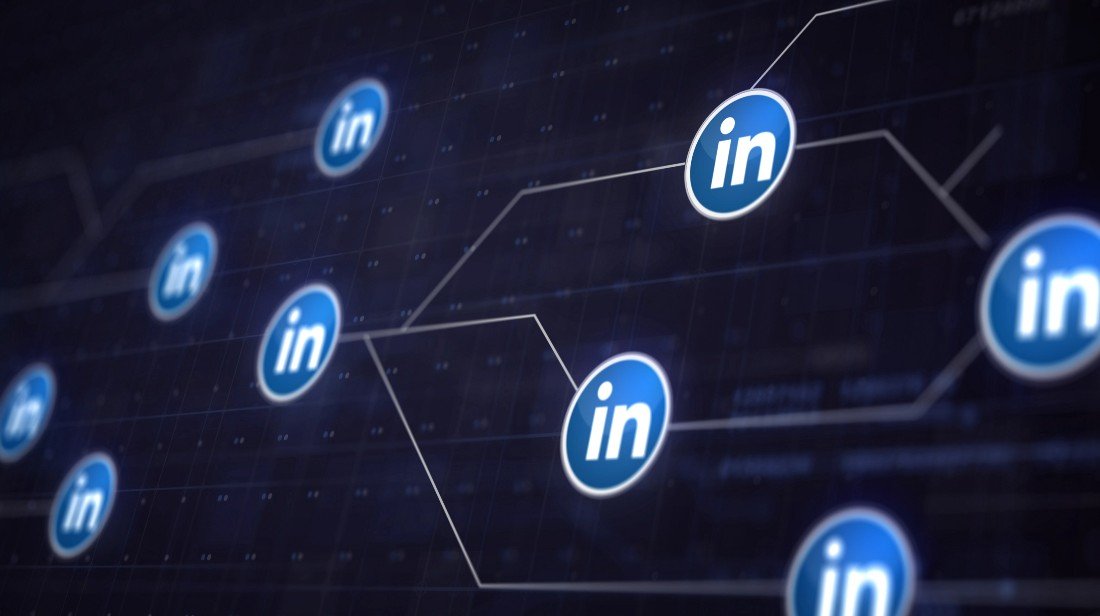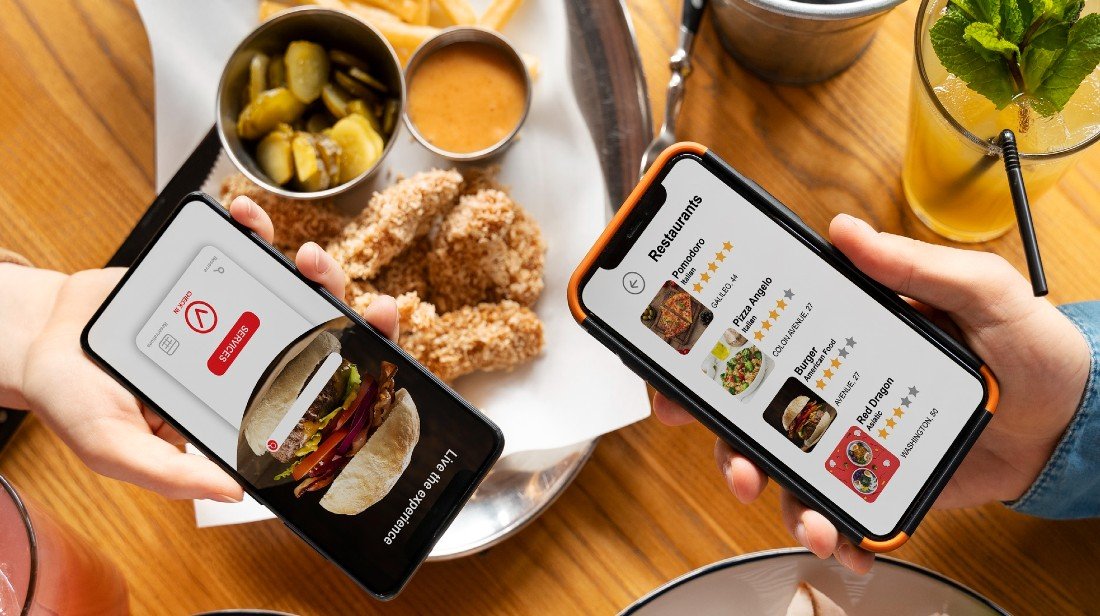
With the upsurge in usage of mobile apps and change in consumer lifestyle, the food delivery market in USA is rapidly becoming a multi-billion-dollar ecosystem. Major brands like Giants like Uber Eats, DoorDash, and Grubhub ruling the sector by doing millions of deliveries every day. With the raising popularity of online food ordering, competition between restaurants and delivery platforms has intensified. To stay ahead in the competition, competitive and pricing intelligence has become more important than ever.
Restaurants can no longer rely on static pricing strategies. They must respond to market dynamics in real-time—monitoring promotions, delivery fees, surge pricing, and discounts offered by competitors. Here real-time pricing data scraping is the key player. With the help of food delivery pricing analytics, brands can acquire essential insights from Uber Eats, DoorDash, and Grubhub to optimize their prices, increase profit margin, and enhance consumer base. With the help of real-time pricing data extraction, food delivery app scraping and restaurant data scraping services, businesses can automate the tracking of dynamic prices and identify profitable opportunities.
Why to Monitor Food Delivery Pricing in the U.S.?
By the end of 2025, U.S. food delivery industry is estimated to cross more than $45 billion in market value. This significant growth itself shows why smarter pricing strategy is essential for every USA food delivery brand to outrank the competition, expand market share, and increase ROI.
Dynamic Pricing
Food delivery platforms adjust their prices on the basis of peak hours, weather, location, and demand trends. Identifying these pricing changes in real-time help restaurants and food delivery brands to adjust their own prices to stay competitive. Real-time food pricing data assist in creating better pricing plans, provide best deals to consumers, and respond to market changes quickly.
Delivery Fees Variation
Delivery fees are not constant. It can vary by location, time, and platform. Knowing these charges is very important as it directly impact over consumer behaviour. Tracking delivery fee variations aid in optimizing offers, reduce cart abandonment, and improve user experience.
Combo Deals and Discounts
Restaurants provides Bundled meals and limited-time offers to attract consumers. Tracking and analyzing these data help brands to identify competitor promotions and create better deals. This led to higher order numbers, gaining new consumers, and retain the existing ones.
Region Based Price Variations
Food pricing can vary region to region. For example, a sub in Atlanta can cost 20% more in compare to New York over the same platform. Monitoring local trends and region-based pricing help multi chain food businesses to craft their pricing effectively.
Consumer Behavior Leanings
Due to higher mobile usage and conveniency, online food ordering is increasing day by day. Consumers are ready to spend but they also look for better value. They stick with the brand which meet with their expectations in constant manner. Pricing intelligence helps food brands to create and offer better discounts or deals that satisfy consumer requirement and improve order revenue.
Competitor Benchmarking
Tracking and performing competitive pricing analysis helps food brands to compare themselves against competitors. This process assists to adjust prices, enhance menu items, and improve online visibility.
Better Investment Decisions
Tracking real-time food pricing across the platforms delivers key information such as market situation, demand trend, potential opportunities, and more. These insights help investors and owners to make data-driven decisions related to business expansion.
Applying mechanism to scrape food delivery pricing data provides ample advantages to businesses. Moreover, food delivery data intelligence allows investors to see the clear picture of current situation and make accurate predictions.
How Real-Time Pricing Data Extraction Works?
Gaining knowledge of pricing structure for Uber Eats, DoorDash, and Grubhub is very important. This will educate the food businesses on how the pricing should be for particular item or for other circumstances. Real-time pricing empowers businesses to collect comprehensive and precise insights for menu prices, delivery fees, and regional shifts.
This process can be initiated with automated crawlers and web scraping APIs that crawls the food delivery applications and web platforms at regular intervals. On the basis of set technical specifications, these tools collect vital pricing elements, covering base menu prices, limited-time promotional discounts, delivery surcharges, and time-based deals.
Once the data is collected, it parsed and getting cleaned to make it error free. It can be done with structured scripts or AI-based tools.
Each and every collected information is categorized and stored as raw data ready to be analyzed. This output then integrated with analytics dashboards to perform various data analysis processes.
Managing the geographic level pricing variations makes this process important. A burger may be priced differently across ZIP codes, depending on local demand, availability, or competition. By comparing such region-specific data, businesses can optimize local pricing and boost conversion rates.
Furthermore, insights derived from menu price extraction directly support restaurant offer optimization. Restaurants can adjust promotions, launch hyper-targeted discounts, or introduce value combos based on what competitors are offering in real time.
In a rapidly changing food delivery environment, staying current with pricing shifts is no longer optional. Real-time pricing data extraction provides the infrastructure to respond quickly and strategically—allowing restaurants, aggregators, and platforms to optimize revenue, enhance customer satisfaction, and drive operational efficiency.
Key Benefits of Real-Time Pricing Data Extraction for Food Businesses
In a heavily competitive US food delivery market, food brands can no longer depend on assumptions or old data to build their business enhancement strategies. With competition at an all-time high, leveraging real-time pricing data extraction has become a game-changer. This technology empowers stakeholders to make precise, timely decisions by continuously tracking prices, promotions, and delivery costs across platforms like Uber Eats, DoorDash, and Grubhub.
Benchmarking Competitor Pricing
Restaurant data scraping allows to perform constant monitoring over competitor pricing across the locations, categories and platforms. Whether it’s combo meals, à la carte dishes, or platform fees, benchmarking helps brands understand their relative positioning. In 2025, more than 70% of USA restaurant chains track third-party food delivery pricing to remain competitive.
Adjusting Menu Rates in Real-Time
Food delivery app scraping allows real-time visibility into competitor price fluctuations. Restaurants can automate price modifications to align with market dynamics, seasonal trends, or high-demand events. This quickness allows for dynamic pricing tactics that surge profitability and customer retention.
Track Promotion Effect
Promotion is essential to acquire consumers and retain them. Tracking promotion result is crucial to measure the results. Real-time pricing data extraction allows for continuous monitoring of discounts and promotions of yours and competitors to track the impact on consumer reactions. Optimizing promotions can led to ROI boosts and enhance consumer ratio.
Local Pricing Strategy Creation
Price of meal in one area might be high for the consumer in other regions. Scraping restaurant data, brands can optimize food prices and promotions by ZIP code, city, or even neighbourhood. Identify local trends, food in demand, and consumer behaviour to adjust your prices accordingly.
Food Delivery Business Use Cases
In competitive food delivery industry food businesses like QSR chains, cloud kitchens, food tech startups, and market analysts depend on real-time pricing data extraction to make informed decisions. By accessing insights from major player like Uber Eats, DoorDash, and Grubhub, brands can enhance visibility, improve consumer base, and gain competitive advantage. Let’s explore relevant use cases.
Quick-Service Restaurant (QSR) Chains
QSR chains functions across various markets with variable price sensitivities. With food price scraping, they can track menu pricing, delivery charges, and discounts offered by local players. This allows to make dynamic price changes and provide offers that is aligned with local demands. Leading QSR brands in USA are adopting real-time food price extraction services to integrate data in their BI tools. By analysing the acquired data, these brands are making accurate predictions and taking profitable business decisions.
Moreover, pricing data helps benchmark third-party delivery charges, allowing chains to convey better terms with aggregators or choose the most cost-effective platforms.
Cloud Kitchens
Cloud kitchens (or ghost kitchens) work with lean margines and depends on third-party food delivery platforms to gain visibility and receive orders. Staying visible in local market is very important for them. With restaurant data scraping and real-time price extraction, ghost kitchens can optimize menu items, introduce cuisines, and build effective promotion policies.
For example, a cloud kitchen in New York might know that burger combos on Uber Eats are outclassing pizza deals in the same zone. By acclimating rapidly, the kitchen ensures menu relevance and higher conversion rates. It is predicted that more than 60% of cloud kitchens are using real-time pricing insights and getting higher order values.
Food Tech Startups and Aggregators
Food delivery startups and aggregators practice real-time pricing data extraction for market intelligence, demand prediction, and user experience enhancement. By tracking menu prices and delivery outlines, these businesses build pricing APIs, recommendation engines, and loyalty systems based on competitive positioning.
For instance, a food tech service provider might use food delivery app scraping to support restaurant partners set ideal delivery charges that balance affordability with margin. Moreover, it can offer analytics dashboards to identify low performing items, notice price steal, or authorize surge pricing algorithms.
Investors and Market Analysts
Investors, equity firms, other stack holders, and market researchers are relying on food data scraping services to assess brand reputation. Accessing real-time pricing data allows to keep eye on business performance by tracking menu inflation, discount necessity, and regional performance differences.
How Dataseeders Can Help for Pricing Data Extraction?
As a top food delivery data scraping service provider, we extract and deliver real-time pricing data for food delivery businesses in USA and across the globe. We provide food data APIs, interactive dashboards, and custom food data scraping solutions that help food brand to make informed business decisions.
Leverage our food data extraction services to capture real-time insights related to prices, promos, and delivery fees across platforms like Uber Eats, DoorDash, Grubhub, and more. With quality centric focus we follow the best data scraping practices to deliver accurate and reliable food data.
Whether you are a restaurant owner, QSR chain, aggregator, or investor, at Dataseeders we help food businesses to optimize operations, enhance consumer base, increase profit margin and gain competitive advantage.
Conclusion
In highly competitive USA food delivery industry data is the necessity to stay ahead. Having dynamic pricing models, addressing local needs, and offering better promotions are need of an hour. Getting real-time pricing data from Uber Eats, DoorDash, and Grubhub, enable food brands to make accurate future predictions and take smart moves to optimize prices in quick manner.
Looking to get real-time pricing data from Uber Eats, DoorDash, and Grubhub?
Connect with our experts at sales@dataseeders.com with your food data requirements or to explore more about our food data extraction services and solutions.




